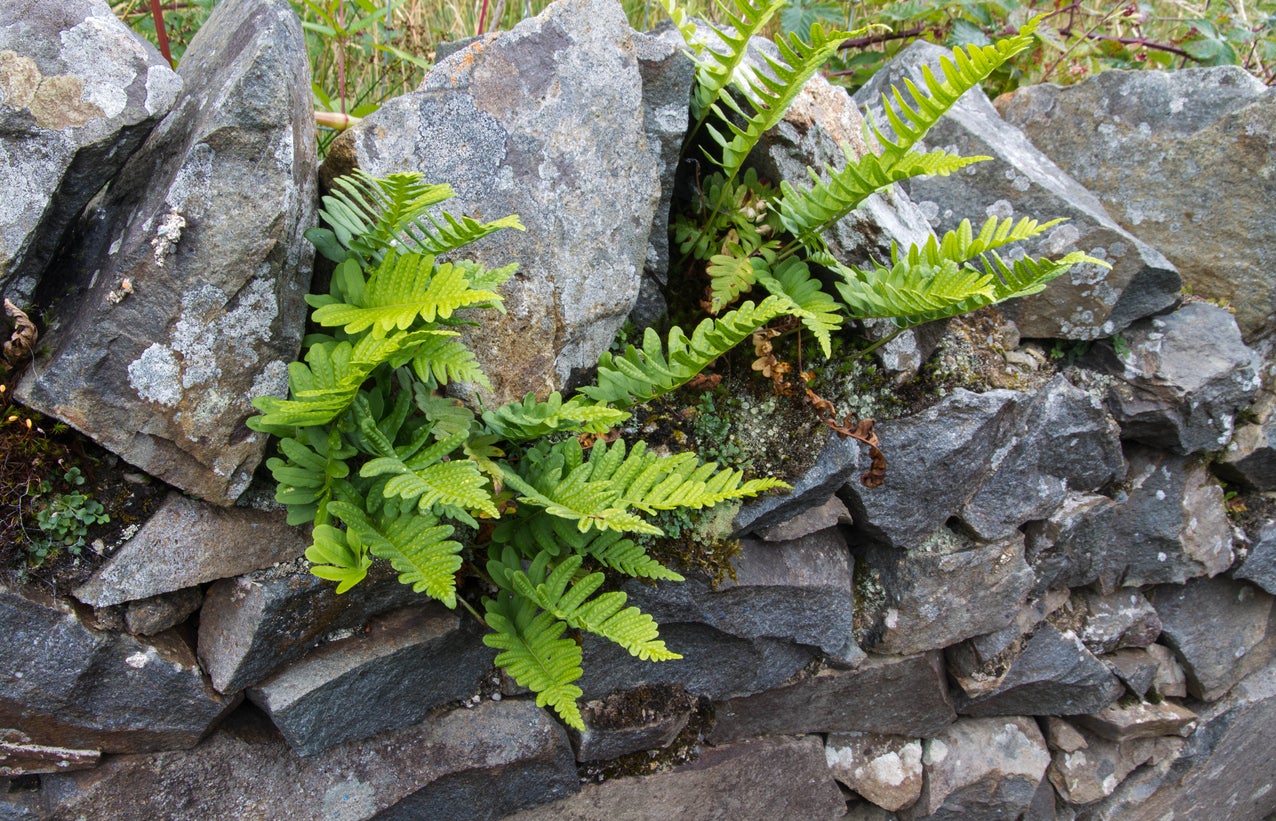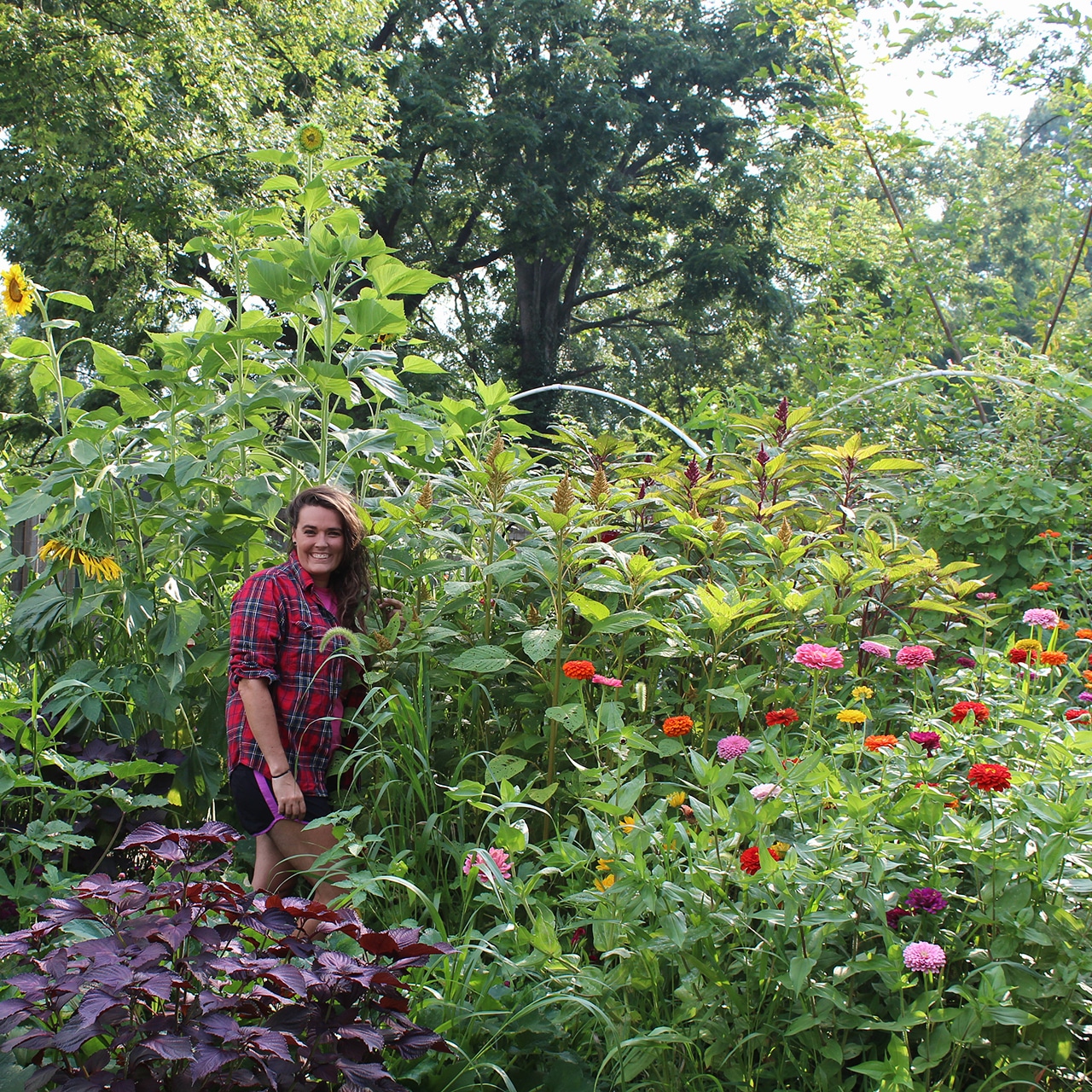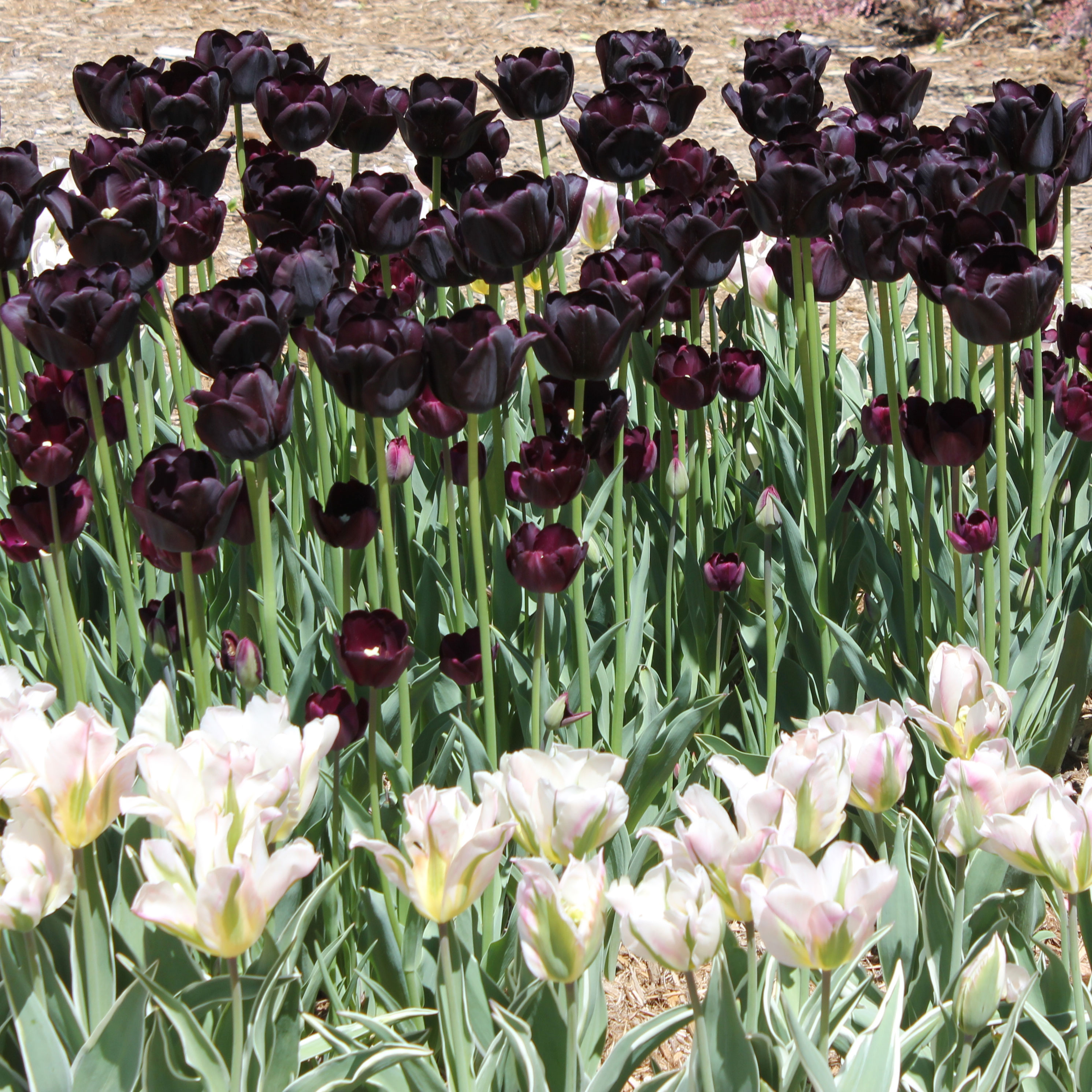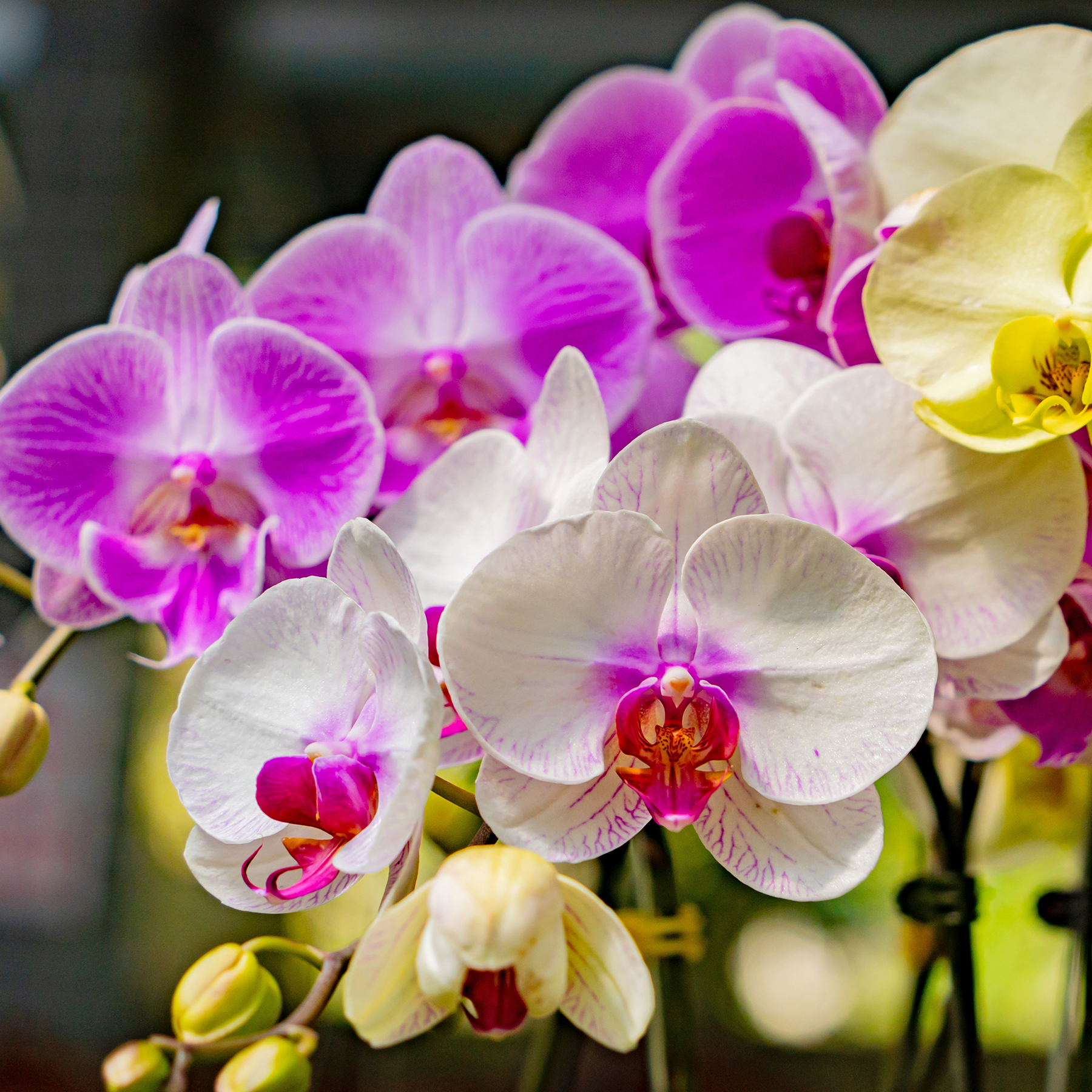Deer Fern Information: How To Grow A Blechnum Deer Fern


Prized for their tolerance to shade and their vibrancy as a winter evergreen plant, ferns are a welcome addition to many home landscapes, as well as in native plantings. Among types, the size and color of fern plants can vary wildly. However, these adaptable plants are able to thrive within most any growing zone.
Climatic conditions will dictate which type of fern homeowners may incorporate into their landscape. One type of fern, called the deer fern, is especially adapted to growth in the Pacific Northwest region of the United States.
What is a Deer Fern?
Deer fern, or Blechnum spicant, is a type of evergreen fern native to hardwood forests. Commonly found growing in deeply shaded areas, these plants reach sizes of 2 feet (61 cm.) in both height and width.
Unique foliage, which displays upright and flat growth habits, is surprisingly tolerant to cold winter temperatures (USDA zones 5-8). This, in tandem with the deer fern’s adaptability, make it an excellent addition to winter landscapes and borders.
Growing Deer Ferns
While these plants may be difficult to locate outside of their growing region, they may be available at native plant nurseries and online. As a general guideline, plants growing in the wild should never be taken, disturbed, or removed.
When it comes to growing deer fern, information is the key to success. Like many types of ferns, Blechnum deer fern plants will need very specific growing conditions in order to flourish. In their native habitats, these plants are found growing in moist regions that receive ample rainfall. Most commonly, the maritime climates of coastal Alaska, Canada, Washington, and Oregon provide the moisture adequate to promote the growth of deer fern plants.
To plant deer ferns, growers will first need to locate them in a similar area of the landscape. For the best chance of success, deer plants require a location in the ornamental border that contains acid soils which are rich with humus.
Gardening tips, videos, info and more delivered right to your inbox!
Sign up for the Gardening Know How newsletter today and receive a free copy of our e-book "How to Grow Delicious Tomatoes".
Dig a hole at least twice as deep and wide as the root ball of the plant. Gently fill the soil around the newly planted fern and water well until the plant is able to become established. When planted in a moist, shady location, homeowners will be able to enjoy this native addition to their landscape for many years to come.

Tonya Barnett has been gardening for 13 years. Flowers are her passion. She has transformed her backyard into a cut flower garden, which she regularly chronicles on her YouTube channel http://www.youtube.com/@tonyawiththeflowers.
-
 Moody Blooms For Spring: 8 Types Of Black Flowers To Add Drama To Spring Displays
Moody Blooms For Spring: 8 Types Of Black Flowers To Add Drama To Spring DisplaysFrom midnight burgundies to inky violets, several types of black flowers can enrich and embolden a spring display. Try these brooding bloomers for a moody garden
By Tonya Barnett
-
 My Homemade Orchid Fertilizer Always Brings More Blooms – Here's The Easy Recipe That Transforms Plants
My Homemade Orchid Fertilizer Always Brings More Blooms – Here's The Easy Recipe That Transforms PlantsScientist-turned-gardener Mary Ellen Ellis shares her tried-and-tested DIY orchid fertilizer recipe, plus more ingredients to try for healthy, happy plants.
By Mary Ellen Ellis